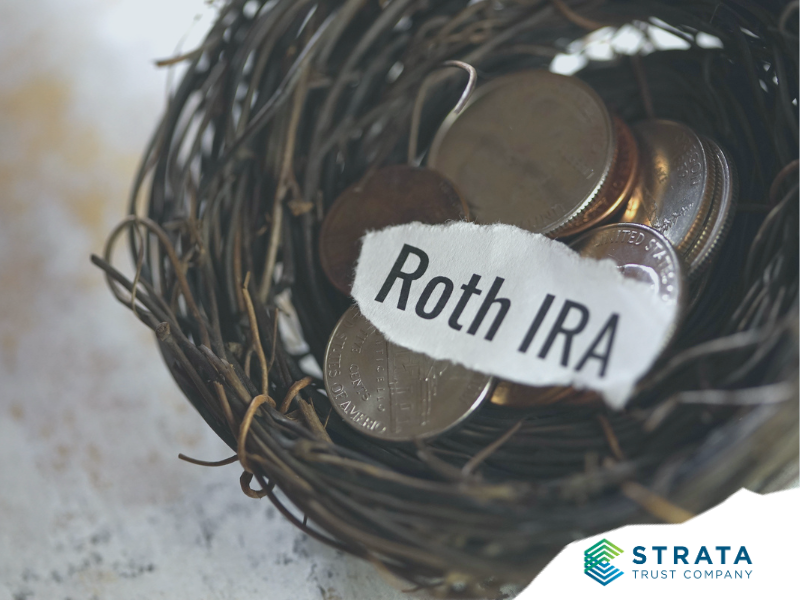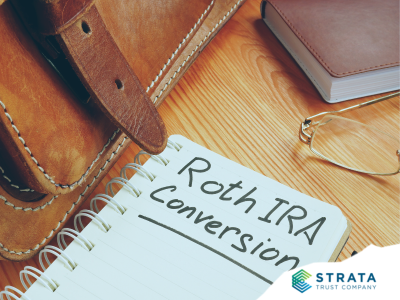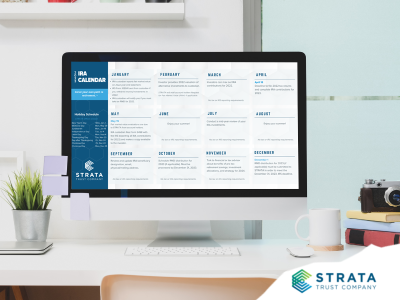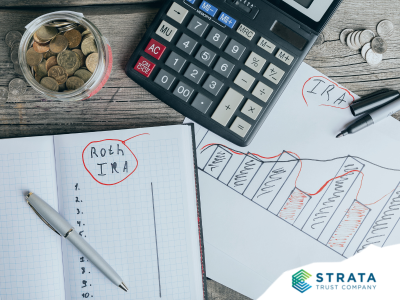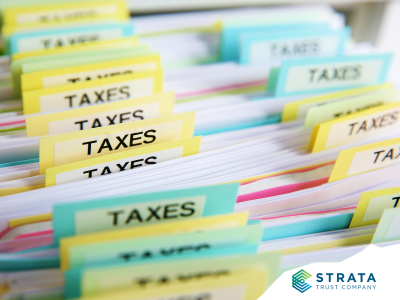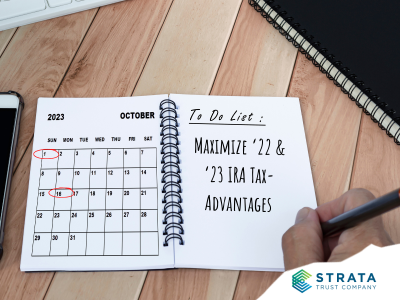Since 1998, Roth IRAs have proven their worth. The possibility of tax-free earnings has drawn millions of investors to this remarkable retirement savings tool. Annual contributions can help savers accumulate substantial nest eggs – and converting Traditional IRA (and qualified plan) assets to Roth IRAs can boost savings even more. That’s why those who are eligible to contribute to a Roth IRA may want to consider it, even as a hedge against future tax increases.
The Roth IRA Two-Pronged Test for Qualified Distributions
One of the most fundamental questions for Roth IRAs is How do I take advantage of tax-free earnings? The rules are pretty straightforward: the earnings are tax free, but only if you satisfy both parts of this two-pronged test:
| 1 |
The Roth IRA must be maintained for at least five tax years. |
| 2 |
The distribution must be after the Roth IRA owner reaches age 59½, dies, becomes disabled, or qualifies as a first-time home buyer (up to a $10,000 lifetime limit). |
The Five-Year Rule
Let’s focus on the first requirement: the five-year rule. Although it’s not complicated, if you understand some of the details you will be better equipped to take advantage of your Roth IRA’s many benefits. First, you satisfy the five-year rule after at least five tax years have passed since you made your first Roth IRA contribution to any Roth IRA. In other words, we don’t measure the five-year period from the date of the contribution, but from the beginning of the tax year for which you make your first Roth IRA contribution.
Example: Before your tax return due date in 2023, you decide to make your first Roth IRA contribution as a carryback contribution for 2022. Even though you made your contribution in 2023, you get “credit” for the 2022 tax year, and your five-year waiting period is satisfied at the end of 2026.
Another important detail: the Roth IRA five-year waiting period is independent of the waiting period for designated Roth contributions in employer-sponsored plans, such as 401(k) plans. Just because you’ve met the waiting period in your 401(k) plan doesn’t mean that you’ve met it for Roth IRA purposes.
Example: You’ve been making designated Roth contributions to your 401(k) plan for years. As you near retirement—or are changing jobs—you decide to roll over your Roth 401(k) assets into a Roth IRA. If you don’t already have a Roth IRA, your five-year waiting period for qualified distributions starts on January 1 of the year you roll over the Roth 401(k) assets into your newly established Roth IRA. While the time that your assets were in the Roth 401(k) does not carry over to the Roth IRA, if you already have an existing Roth IRA, the Roth IRA five-year waiting period covers the rollover assets as well.
Here’s one last detail to remember – beneficiaries get to factor in the Roth IRA owner’s five-year waiting period.
Example: You are the beneficiary of your friend’s Roth IRA. If your friend had satisfied the five-year rule before she died, you may take a qualified distribution (tax free) because the Roth IRA has met both prongs of the test. But if your friend had not satisfied the five-year rule before she died, you would have to wait five years (starting on January 1 of the tax year of your friend’s first Roth IRA contribution) in order to take out tax-free earnings from the Roth IRA.
Two Important Takeaways
Although there are many details about Roth IRAs that we cannot cover in one brief piece, two items are worth considering. First, the rules for nonqualified distributions are quite generous for taxpayers. In a nutshell, if you take a distribution after you have both met the five-year rule and satisfied one of the four distribution reasons above, you generally get to take your contributions out of the Roth IRA without tax or penalty. We will discuss these “ordering rules” in a future article.
Second—and this is the important point—the Roth IRA works best when you don’t tap into it. Especially in the self-directed IRA (SDIRA) context, the earnings in a Roth IRA are the key. Because of the possibility of substantial earnings with SDIRAs, leaving the assets undisturbed—and working for you—is better than taking distributions, even if they are qualified. It’s good to know that you can withdraw your Roth IRA assets if you absolutely need to, but the real magic of Roth IRAs is investing to grow your tax-free earnings.
More Information
For answers to frequently asked questions regarding distributions, visit the Withdrawal From a Self-Directed IRA section of our SDIRA Knowledge Center. You can also contact our self-directed IRA experts with any questions you may have about taking distributions from your STRATA Roth IRA.
